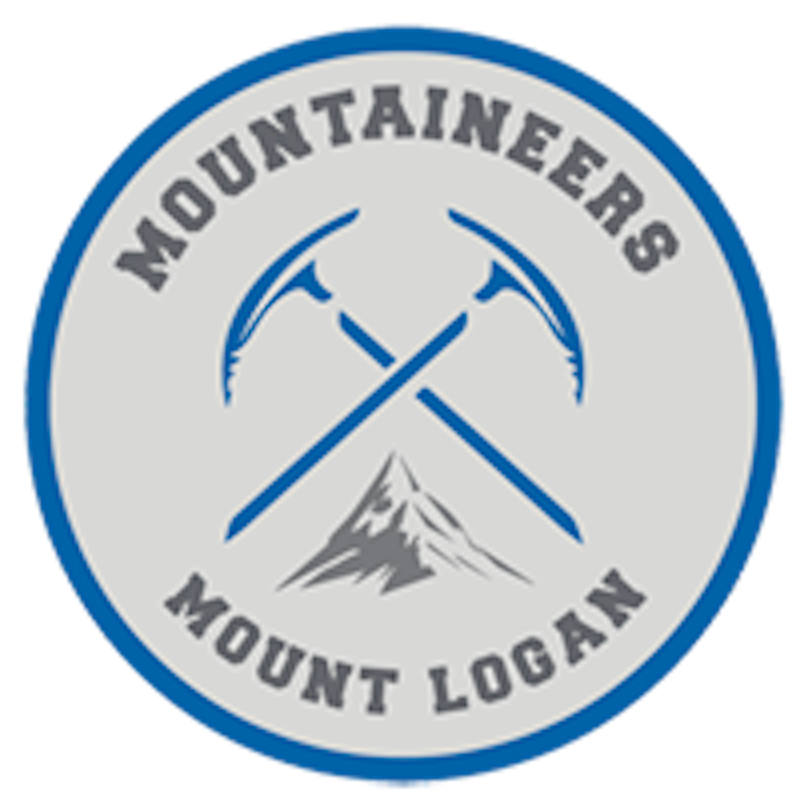Standards Based Grading
Mission of Mount Logan Middle School
Our mission is to ensure ALL students leave our school ready to create a positive future for themselves and their community.
Grading at Mount Logan Middle School
The goal and purpose of grading at MLMS is to provide each student with feedback on learning progress towards mastering skills and content of learning essential standards. Grading practices instill confidence in the student while giving an accurate, clear and meaningful representation of what a student knows and is able to do. Each student’s pathway to proficiency is unique and regarded as a progression. Grades identify areas of strength, and areas where additional time, growth, and effort are needed to learn course essentials.
Citizenship and academic progress are assessed and reported separately. Non-academic factors such as attendance, effort, participation, and behavior are reported on the citizenship grade. Academic factors such as knowledge and skill attainment of course essentials are reported on the academic grade.
Academic Grade
Students at MLMS will receive an academic grade that solely represents a student’s proficiency level on essential standards. Teachers at Mount Logan Middle School are teaching and learning experts who work closely on collaborative teams to unpack core curriculum to identify essential standards. The essential standards are unpacked into smaller and more specific pieces of learning known as learning objectives. Learning objectives identify exactly what each student should know and be able to do as a result of learning course essentials. Finally, learning objectives are broken down into learning targets. These targets are bite-sized pieces of the learning that are measurable and manageable for students to learn in a few lessons or less.
Collaborative teams construct common formative assessments (CFAs) to measure student learning progress on the essentials. Teams use data from CFAs to adjust and refine student learning experiences and instruction to ensure all students succeed.
The following tools are used to provide clarity on student learning progression and grading.
Curriculum Maps - These maps provide a timeline and outline of learning for the essentials of each course. Please click here to view curriculum maps for each course.
Unpacking Document - These documents provide an outline and structure of the core curriculum that has been unpacked by collaborative teams into essential standards, learning objectives and targets. Learning progression of each essential is measured by a proficiency scale. This means that all assignments and assessments that are chosen by teachers as evidence of learning, contribute to the student grade are graded by use of the proficiency scales. Please click here to view unpacking documents and proficiency scales for each course.
MLMS Classroom Academic Grade - Course gradebooks are organized with essentials as categories for grading. Students receive proficiency feedback in the form of a numerical 4, 3, 2, 1, 0 score. Please click here for a copy of the grading scale with proficiency descriptors for each level.
| MLMS Classroom Academic Grade | ||
|---|---|---|
| Percent | ||
Without help, I am able to demonstrate proficiency consistently. |
4 |
100 - 88 |
Without help, I am able to demonstrate proficiency. |
3 |
87 - 69 |
With help, I am able to demonstrate proficiency. |
2 |
68 - 50 |
With help, I am not yet able to demonstarte proficiency. |
1 |
49 -25 |
I have not yet produced sufficient evidence to demonstrate proficiency. |
0 |
24 - 0 |
Teachers utilize multiple lines of assessment evidence to determine a student’s overall proficiency score and grade for each essential. A 4 score on an essential can be earned by a student achieving a 3 or higher on at least 2 lines of evidence.
The quarter report card grade is an average of all essentials learned during the quarter. Students and parents can view an in-depth report of learning progress towards each essential by going to Aspire grade book and clicking on the class.
Citizenship Grade
MLMS integrates Positive Behavior Interventions and Supports (PBIS) into classrooms and all areas of the school to promote methods of identification and support of positive behaviors in the classroom and all areas of the school. The three PBIS skills emphasized at MLMS are Be Responsible, Be Respectful and Be Safe. Please click here for a copy grading rubric that is used in all classrooms across MLMS to determine student citizenship grades.
| MLMS Classroom Citizenship Grade | |||
|---|---|---|---|
| Honors |
Satisfactory |
Needs Improvement |
Unsatisfactory |
Be Responsible |
I attend. I am in the classroom, in my seat and ready to learn when the bell rings. I complete my assignments on time. I do my share of an assignment or task when collaborating. I follow the classroom and Peak expectations and procedures. |
||
Be Respectful |
I treat others with courtesy and respect. I follow the classroom directions and expectations without being reminded. I have a positive attitude. I solve problems without causing other problems for self and others. I treat classroom equipment and property with respect. |
||
Be Safe |
I report and avoid unsafe situations. I resolve problems with others without a conflict. I use school and personal technology and equipment appropriately. I use language and behavior that contribute to a safe environment. I follow classroom safety guidelines and procedures. |
||
Standards Based Grading Beliefs and Best Practices
Homework and formative assignments may contribute to the grade early, but are ignored as the teacher relies on multiple lines of evidence to determine the grade.
Academic and citizenship grades are assessed and reported separately.
Recent evidence is emphasized when determining grades.
At least two pieces of evidence are used to determine proficiency for each essential.
Students who have an Individualized Education Plan (IEP) or English as a Second Language or 504 accommodations demonstrate proficiency using accommodations.
Students can redo assessments and improve proficiencies during the term and throughout the school year.
Extra credit is not assigned. Late work is not penalized on the academic grade.

